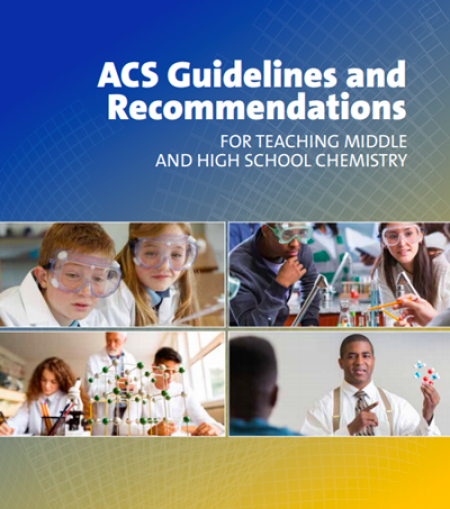Assessment
An assessment shouldn’t just be a test at the end of a unit. Assessments should be designed so students do science themselves, not just learn about how other people have done it or memorize facts.1
As a result, student understanding should be less formally evaluated and monitored throughout a unit. This informs the instructor of where students are with their understanding of the content and provides feedback about what content needs adjusting. Student misconceptions of scientific concepts are common and should be dispelled.
Of course, lessons and follow-up activities should be planned ahead of time but should be tweaked according to the feedback gathered from assessments. The evaluation of student learning must use a combination of different assessment tools.
Choosing Effective Assessments
Effective assessment tools must be used for any assessment, whether formal or informal. The assessment must be valid and reliable. Assessment questions should be clear and unambiguous, and assessments should be based on learning objectives.
To help determine whether you’re using an effective tool, consider whether the assessment type is appropriate, are the questions on level, is the delivery method of the assessment effective, and what should/does the scoring method look like.
Regardless of the assessment method, the results of these assessments should be reviewed thoroughly by teachers so they can improve their delivery of content. These assessment tools provide teachers with feedback about how students are mastering (or not mastering) the concepts of chemistry.
A credible assessment of an overall chemistry program should be based on information from a variety of assessment tools over a span of several years. The gathered information should be carefully examined and must be used to enhance student learning by improving the program from the collected results.
Effective Assessment Questions to Consider: Is it...
- valid and reliable?
- clear and unambiguous?
- based on learning objectives?
- the tool appropriate type?
- on level?
- delivered effectively?
Types of Assessment
Formative
A formative assessment is accomplished during the learning process (as knowledge is “formed”), and can include observing students during classroom and laboratory activities, posing questions during a lesson, taking polls, collecting exit slips, or conducting informal conversations with students. This gives teachers the opportunity to adjust lessons to ensure proper student understanding, and dispel apparent misconceptions. Various technologies can be used for this form of assessment, including those suggested by Common Sense Education.
Summative
A summative assessment is performed at periodic intervals to assess a collection of knowledge at a particular point in time. Summative assessments include more traditional assessments, including quizzes, exams, lab reports, and term papers.
Student Self-Assessment
A Student self-assessment could be in the form of a journal that is used to encourage students to reflect and assess their progress. This allows for students to “think about their thinking” and understanding of the content.
Another form of self-assessment is allowing students to score their own work using a rubric or scoring key.
Performance-Based
Performance-based assessments have proven to be effective in assessing three-dimensional learning. This requires students to demonstrate content knowledge (DCIs), the ability to make connections (CCCs), and critical thinking (SEPs).
Model-Based
Model-based assessment allows students to demonstrate content knowledge. The creative diagramming aspect of the model means that students, especially English Language Learners, can demonstrate content understanding without being bogged down by vocabulary; they can show their comprehension is deeper than just vocabulary.
Third-Party Assessment Tools
Third-party assessment tools have the advantage of being unbiased and statistically valid. Local, district, and state assessments may be examples of third-party assessments, including end of course exams. Some tools, such as those from the ACS Exams Institute, can provide objective national or regional performance rankings.
Reference:
- National Academies of Sciences, Engineering, and Medicine. 2017. Seeing Students Learn Science: Integrating Assessment and Instruction in the Classroom. Washington, DC: The National Academies Press.
ACS Guidelines and Recommendations
for Teaching Middle and High School Chemistry
An essential resource for middle and high school physical science and chemistry teachers, curriculum developers, principals, and other school administrators who support teachers in those roles.
Learn about the nature of instruction, the core ideas to teach, the physical instructional environment, safety, sustainability, and the professional responsibilities of teachers.


